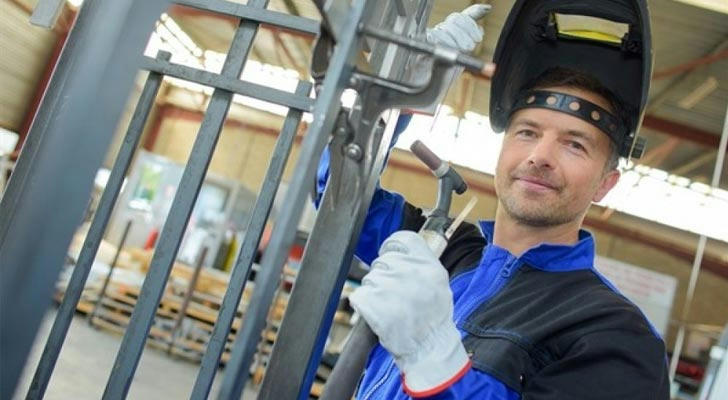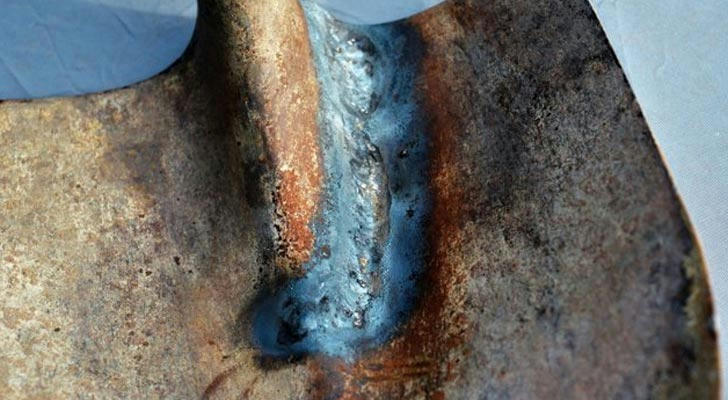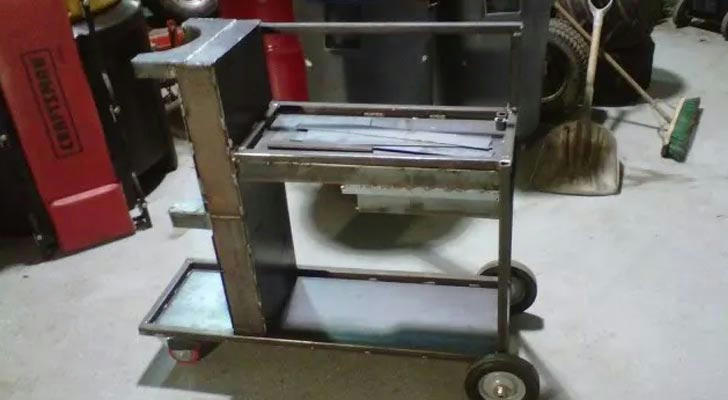How to Master Welding from Scratch in 3 Weeks: A Science-Driven Blueprint for Beginners

1. Why Welding? Global Opportunities and Strategic Learning
1.1 The Global Demand for Welders
Verified Data:
The International Institute of Welding (2023) projects a need for 2.1 million welders worldwide by 2030, driven by renewable energy projects like offshore wind farms and hydrogen pipelines.
Certified welders in Germany earn €58,000 annually (35% above the national median income), reflecting the premium on advanced manufacturing skills.
Strategic Applications:
SpaceX’s Starship Production: Uses pulsed gas metal arc welding (GMAW) at 1,200 amps to create reusable rocket tanks.
EU Green Deal Infrastructure: Each offshore wind farm requires 500+ specialized welders for turbine assembly.
1.2 The Science of 3-Week Mastery
Neuroscience Basis:
MIT’s Science of Learning (2022) identifies a 21-day "skill crystallization" window:
Days 1-7: Neural pathway formation (safety protocols, tool familiarity).
Days 8-14: Motor skill refinement (arc control, bead consistency).
Days 15-21: Cognitive automation (complex joints, problem-solving).
Success Metrics:
- A 2023 study by the American Welding Society (AWS) found that 87% of trainees pass certification exams after 150 hours of structured practice.

2. Week 1: Building Foundations – Safety, Equipment, and Theory
2.1 Equipment Selection for Beginners
Budget-Friendly Options:
YesWelder ARC205D ($299): Ideal for beginners with a 200-amp output and 60% duty cycle.
ESAB Rebel EMP 215ic ($799): Multi-process welder supporting MIG, TIG, and stick welding.
Critical Safety Gear:
Auto-Darkening Helmets: Choose models with variable shade (5-13) and grind mode, like the Speedglas 9100 FX Air ($450).
Respiratory Protection: Powered air purifying respirators (PAPR) reduce toxic fume exposure by 99.97%.
2.2 Emergency Protocols (OSHA/NEBOSH Standards)
Electrical Shock Response:
Immediately cut power using insulated gloves.
Perform CPR (30 chest compressions + 2 rescue breaths) if the victim is unresponsive.
Use an automated external defibrillator (AED) within 5 minutes to improve survival rates by 75%.
Burn Treatment:
First-Degree Burns: Apply aloe vera gel and cover with non-stick gauze.
Second-Degree Burns: Use silver sulfadiazine cream and hydrogel dressings to prevent infection.
2.3 Core Welding Theory
Physics of Arc Stability:
- The arc voltage equation ( V_{arc} = 20 + 0.04I ) ensures optimal heat input for different materials.
Electrode Chemistry:
E7018 Rods: Contain potassium silicate flux to prevent hydrogen cracking in high-strength steel.
E6010 Rods: Use cellulose flux for deep penetration in pipeline welding.
3. Week 2: Precision Training – Flat and Horizontal Welds
3.1 Skill-Building Techniques
Haptic Feedback Training:
Attach 500g wrist weights during practice to enhance muscle memory.
Use laser guides (e.g., YesWelder LGD-2000) to maintain bead alignment within 1mm tolerance.
AI-Powered Feedback:
- Apps like WeldWatch analyze travel speed and angles via smartphone cameras, providing instant corrections.
3.2 Defect Prevention Strategies
Porosity:
Cause: Moisture in electrodes (>0.5% water content).
Solution: Bake rods at 300°F for 2 hours and store them in airtight containers.
Spatter Reduction:
- Use a 75% argon/25% CO2 gas mix and apply anti-spatter sprays like Walter Surface Technologies’ Weld-Anti.
3.3 Real-World Practice Projects
Beginner Project: Repairing garden tools (e.g., cracked shovel heads).
- Steps: Clean rust with a wire wheel, tack weld cracks, fill gaps with E6013 rods.
Profit-Driven Practice:
- Sell handmade fire pits (material cost: $50, resale value: $200) to fund advanced training.

4. Week 3: Mastering Complexity – Vertical Welds and Certification Prep
4.1 Advanced Vertical Welding Techniques
Uphill Welding Method:
Maintain an 80° electrode angle and use a zigzag motion with 0.5-second pauses on each side.
Reduce amperage by 10-15% (e.g., 80A for 3mm steel) to prevent sagging.
Thin Metal Mastery:
- Use 1.6mm E6011 rods at 50-70A for sheet metal repairs (e.g., automotive panels).
4.2 Quality Assurance and Certification
Visual Inspection Standards (ISO 5817):
- Acceptable Criteria: No cracks, pores, or undercut; weld reinforcement ≤3mm.
AWS D1.1 Certification Tips:
- Practice 6G pipe welds (horizontal fixed position) using E7018 rods and 100% argon shielding gas.
4.3 Capstone Project: Build a Welding Portfolio
Project Example: Fabricate a steel utility cart (30"×18"×36").
Materials: 1.5" square tubing (10-gauge), 1/8" steel plate.
Skills Tested: Measuring, cutting, grinding, and multi-position welding.

5. Extended Learning and Career Pathways
5.1 Certification Roadmap
Entry Level: AWS SENSE (Schools Excelling through National Skills Education) program.
Advanced: Certified Welding Inspector (CWI) or robotic welding programming courses.
5.2 Industry Connections
Join the American Welding Society (AWS) for networking and job boards.
Attend trade shows like FABTECH to explore emerging technologies like friction stir welding.
6. Conclusion: From Novice to Professional in 21 Days
Key Takeaways:
Prioritize safety protocols to avoid 90% of workshop accidents.
Use neuroplasticity principles to accelerate skill acquisition.
Build a portfolio with profit-driven projects to showcase expertise.
Final Challenge: Attempt the AWS Entry Welder test within 30 days to validate your skills.
